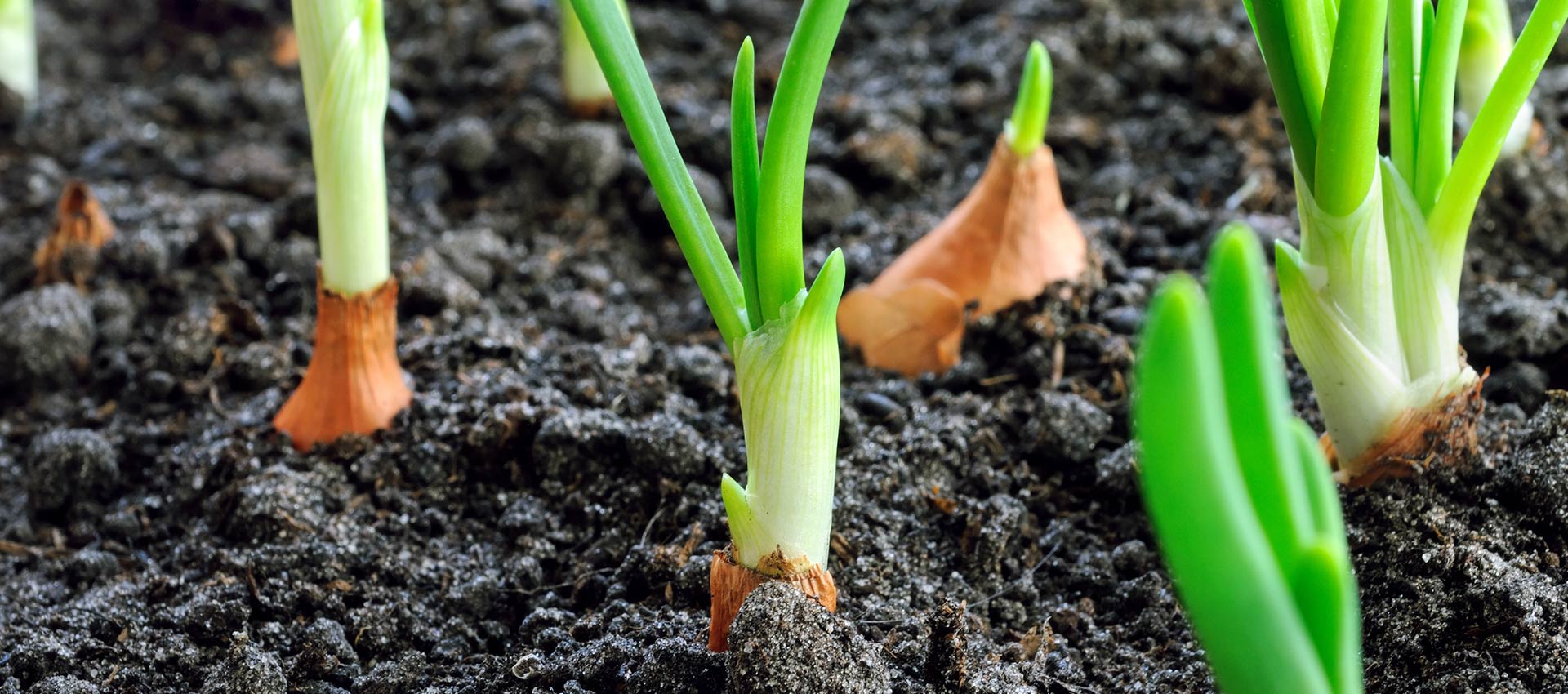
Introduction
Biochar has been introduced into the soil naturally for millions of years as part of nature’s life cycle. It happened when lightning struck a tree in the forest or a grass field and caused the vegetation to burn (char). Over time, rain introduced the char into the soil, promoting new plants and trees to replace what was lost.
Unfortunately, modern agricultural and gardening practices have moved toward chemical fertilizers, insecticides, herbicides, and GMOs over what nature intended.
History of Biochar
The earliest known use of biochar was by the Amazonians in South America over 5,000 years ago. The soil in this region was inferior, and they discovered that burning organic matter in pits, then smoldering it with dirt created a black material (carbon). They mixed it with manure and turned it into the soil. To this day, the earth is still fertile in this region of the Amazon. It is believed that the Spanish brought biochar back to Europe and referred to it as the “Secret of El Dorado”. Research shows that the use of biochar was documented as early as 1697 by the Chinese, Koreans, and Japanese.
Biochar Production
Biochar is a carbon-rich solid that does not decompose over time, and it can remain in the soil for thousands of years. It is made by a process called pyrolysis that involves heating organic material (we use American White Oak wood) with very little oxygen to convert the material into carbon. The process converts carbon dioxide (CO2) gas into a solid. The resulting carbon is called biochar because the primary use is as a soil conditioner.
Essentially, biochar is a carbon skeleton of the original piece of wood, and it contains millions of small pores. Amazingly, the surface area of 1 gram of biochar (about the size of an eraser on a school pencil) has approximately 9,000 sq ft of surface area.
Biochar (Carbon) Make Up
Carbon is a natural element (C6), and it is the basic building block of humans, animals, plants, and soil. Humans and animals are 18% carbon, and plants are approximately 45% carbon. Plants take in carbon dioxide (CO2), keep the carbon, and release oxygen.
Combustion Versus Pyrolysis
Burning organic material is combustion and utterly different than the charring that occurs by pyrolysis. Burning produces carbon dioxide (CO2) and water, versus charring, which creates carbon as a solid. Burning releases carbon dioxide to the atmosphere, but charring removes carbon dioxide that would otherwise be released into the atmosphere and returns it to the land as a solid.
Biochar Benefits
Each granule of biochar has millions of molecular bonding sites with both slight positive and negative electrical charges. The positive charge attracts plant nutrients like potassium, magnesium, and calcium. The negative charge attracts nutrients like nitrates, phosphates, and sulfates.
Introducing biochar into your soil creates a carbon-rich environment that will transport the needed nutrients and water to plant roots for vigorous and healthy growth. Biochar also increases the fertility of acidic soils (low pH levels). Many gardeners say that adding biochar to their soil increases the size and yield and enhances fruits and vegetables’ flavor.
